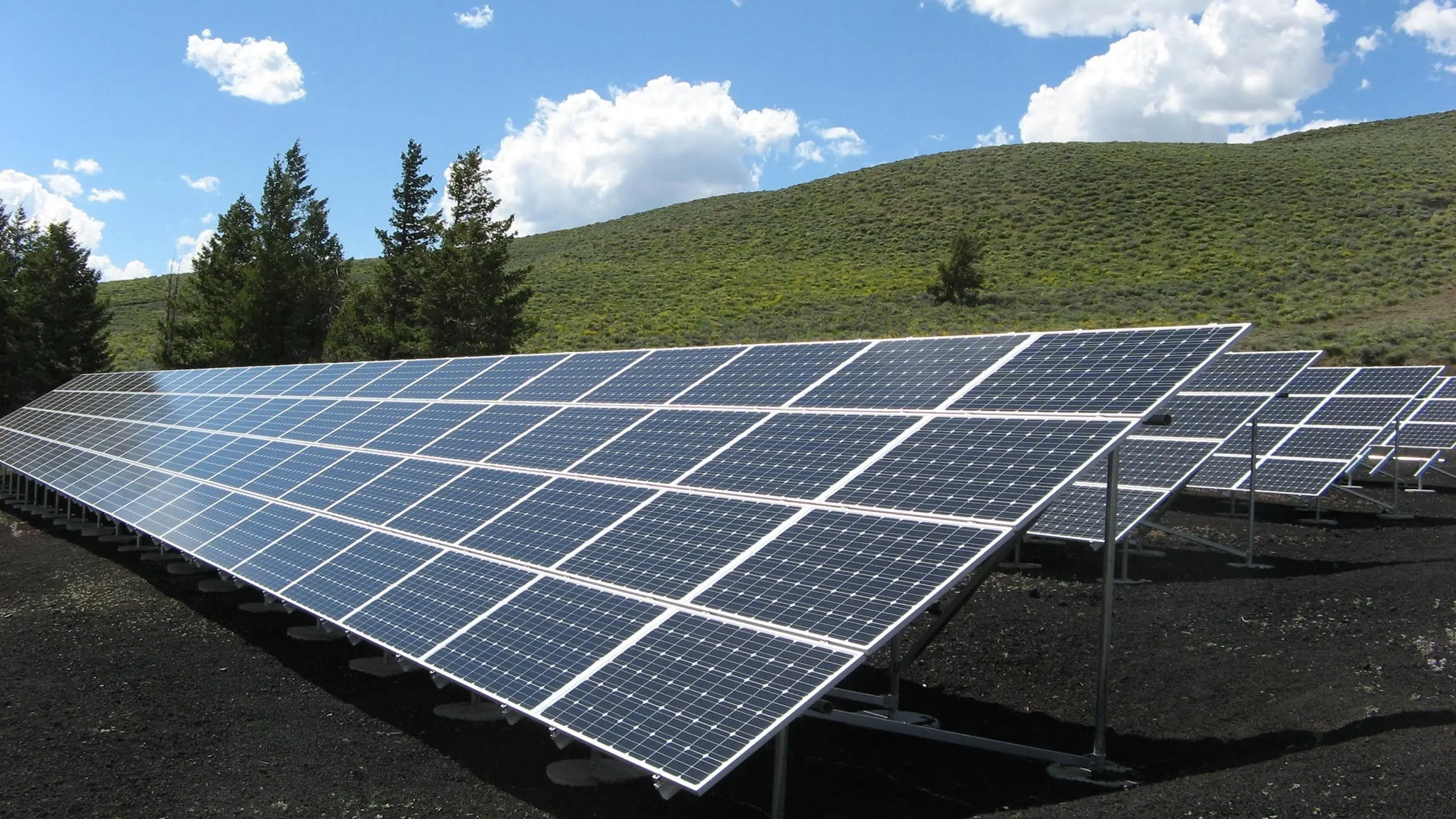The energy transition can be conceived as a catch-all concept in which all changes in the energy mix, energy systems and regulations are grouped together.
This choice has the advantage of simplicity. It has major drawbacks that slow down the adoption and implementation: the confusion, especially of the public opinion, which is intended to be educated on the subject, as well as the appearance of paradoxes difficult to understand and giving arguments to the detractors of any transition.
How to clarify the messages? How to structure the information to avoid the pitfalls mentioned above?
I do not think there is a single recipe for that. Nevertheless, here are the elements of clarification that I propose during my numerous interventions in companies, business schools and other institutions.
An energy transition meets a political objective or a performance objective of a national energy system, this objective being the cost of energy, energy independence, security of supply or environmental protection, without degrading the existing balance of performance on the different components.
Today, we can see transitions meeting several objectives:
- Reduce CO2 emissions related to the energy sector. This goal is shared by the vast majority of countries which considers it as urgent and a priority.
- Get out of the nuclear. This objective concerns some countries like Germany, Switzerland or France.
- Reduce the dependence of energy mixes on exhaustible natural resources. This tier 2 goal concerns many countries.
- Give competitiveness to the economy by offering cheap energy, an objective pursued in the USA, for example.
In each case, one can highlight benefits (i.e. reduced energy costs), side effects and catalysts (i.e. availability of new technologies), which have or are an effect of the energy transition without being the trigger main.
In Europe, two energy transitions dominate: the one aimed at reducing CO2 emissions and the one aimed at reducing the share of nuclear energy.
Replacing nuclear generation capacity with solar or wind generation capacity has a limited effect on CO2 emissions, almost zero if we take into account the single energy production phase, potentially negative if we take into account the whole of the life cycle of the facilities. Responding to the second transition does not contribute to the first.
Conversely, developing solar and wind energy introduces a portion of intermittent energy. The stability and cost-effective operation of the electricity grid means having access to a base load energy, ie continuously generated … often represented by nuclear energy if we do not accept the CO2 emissions of traditional fossil fuels. Answering the first transition thus slows down the second.
I already hear controversy, with some studies showing the viability of a 100% renewable short-term scenario. That of the ADEME, like the others, took a restricted framework leading to a provocative conclusion intended to change the actors: the needs of stability of the network at steps shorter than one hour are not taken into account as well as the economic feasibility of the transition examined is not studied.
For a few more years, the two transitions evoked will be partially antagonistic: therefore, either we prioritize one over the other and we focus on reducing CO2 emissions, or we target a balance between the two and we could have to give up a share of performance on CO2 emissions, which does not seem possible to me.
Beyond one to two decades, it is conceivable to see the emergence of new technologies to target both objectives simultaneously.
It seems to me essential in the short term, to accelerate the evolution of our energy systems, to make clear and clarifying choices, so that we can explain the issues to public opinion, reduce confusion and focus debates on well-defined issues.
Click here to read other articles of the same author.



Leave your comments
Post comment as a guest